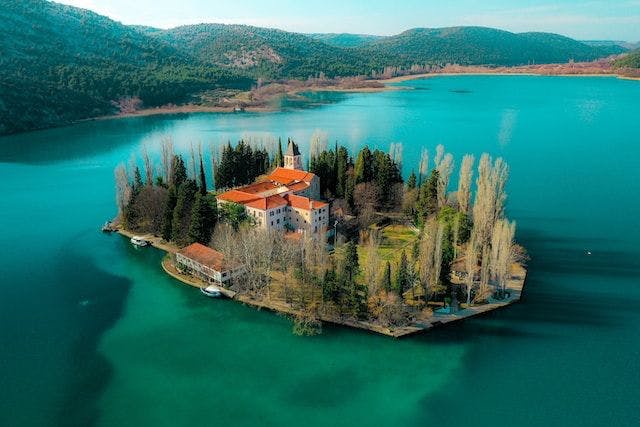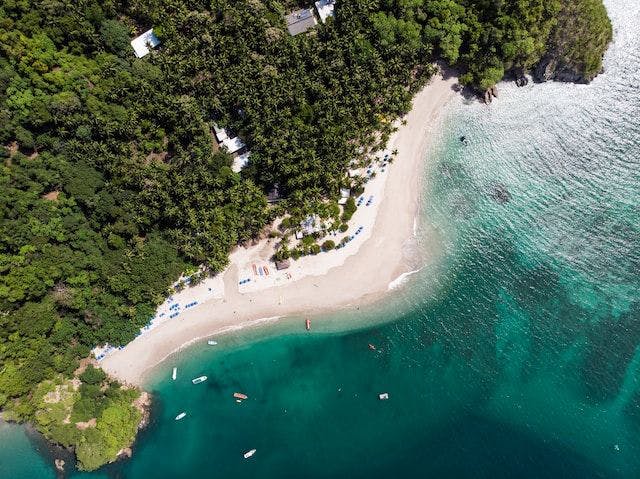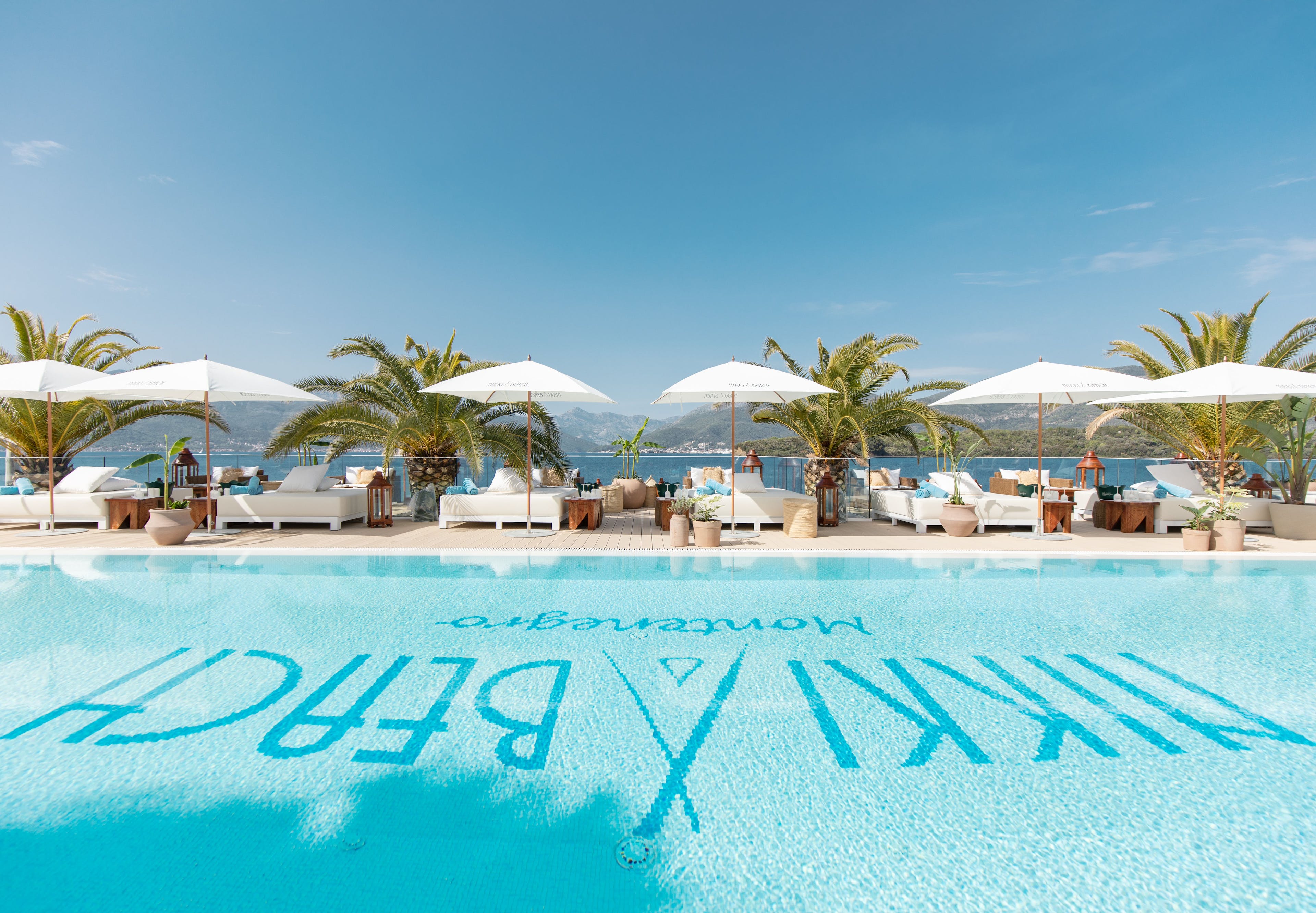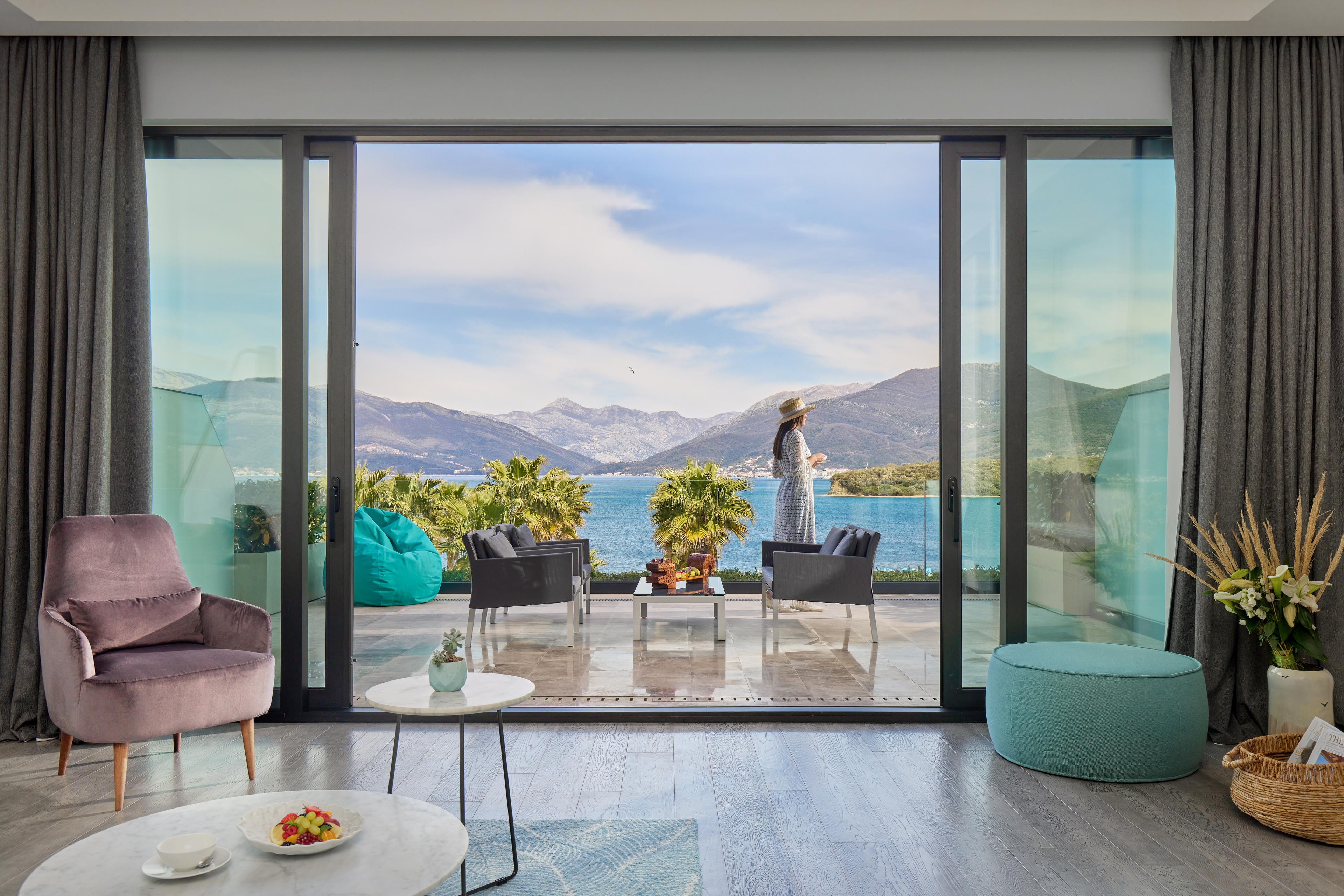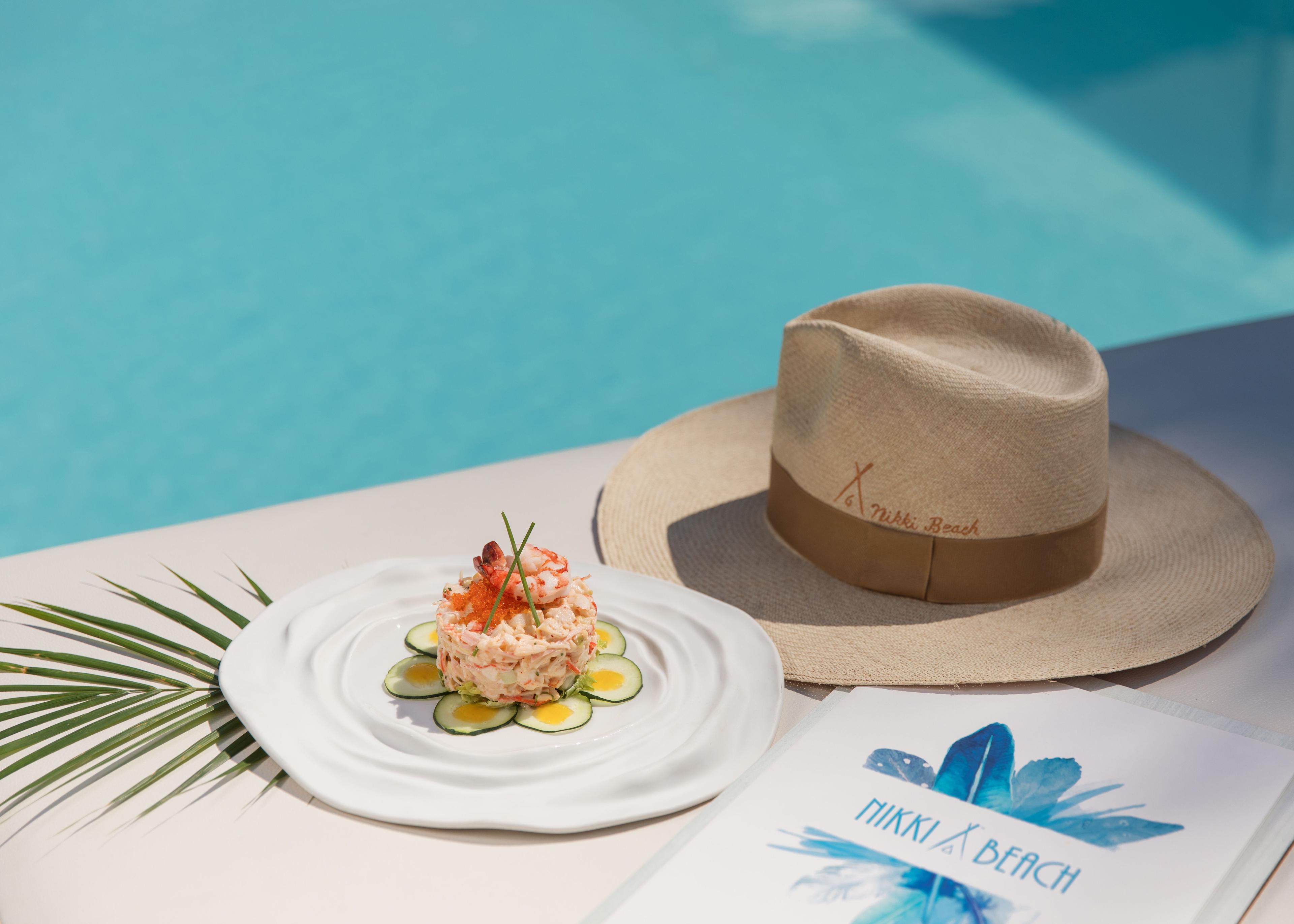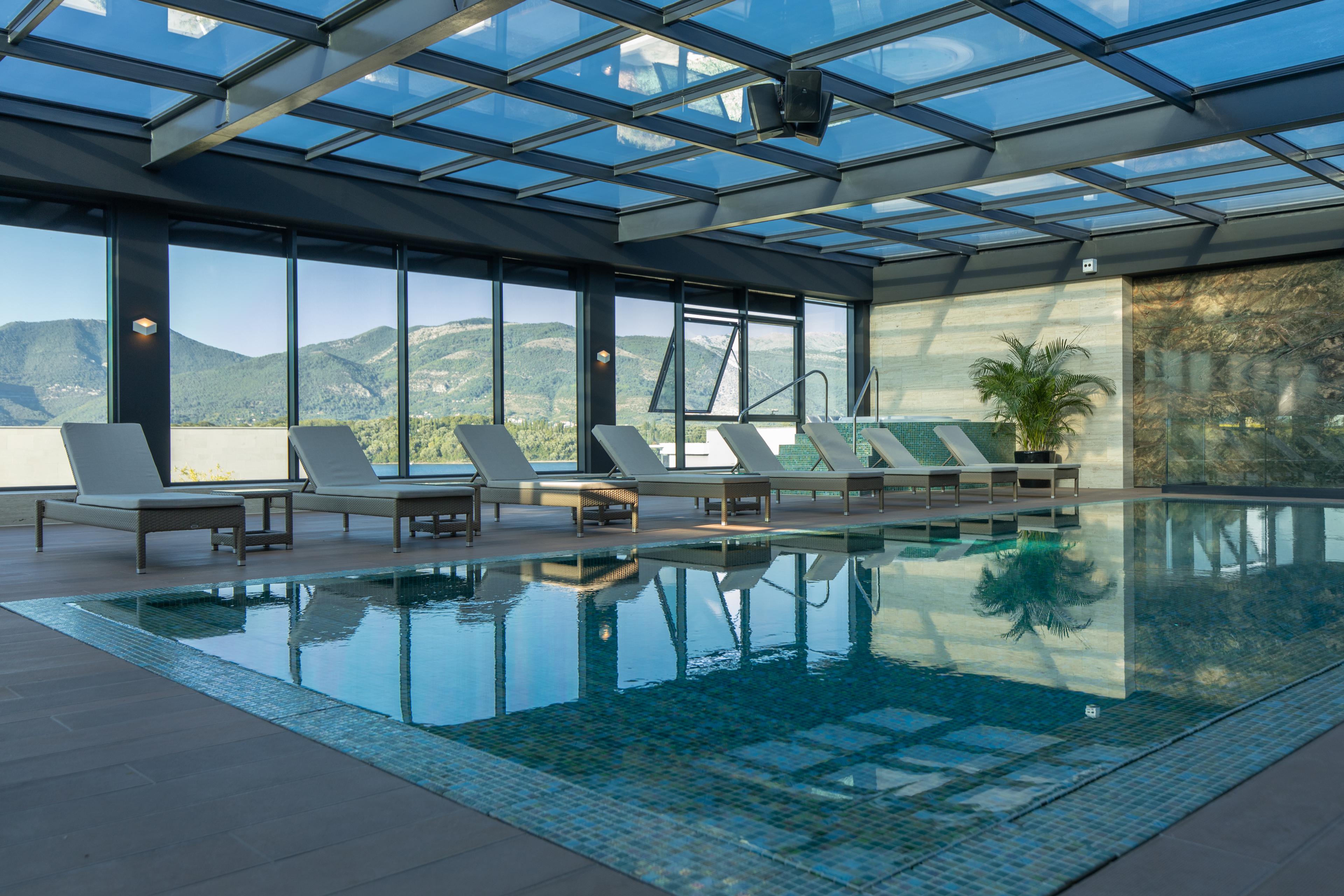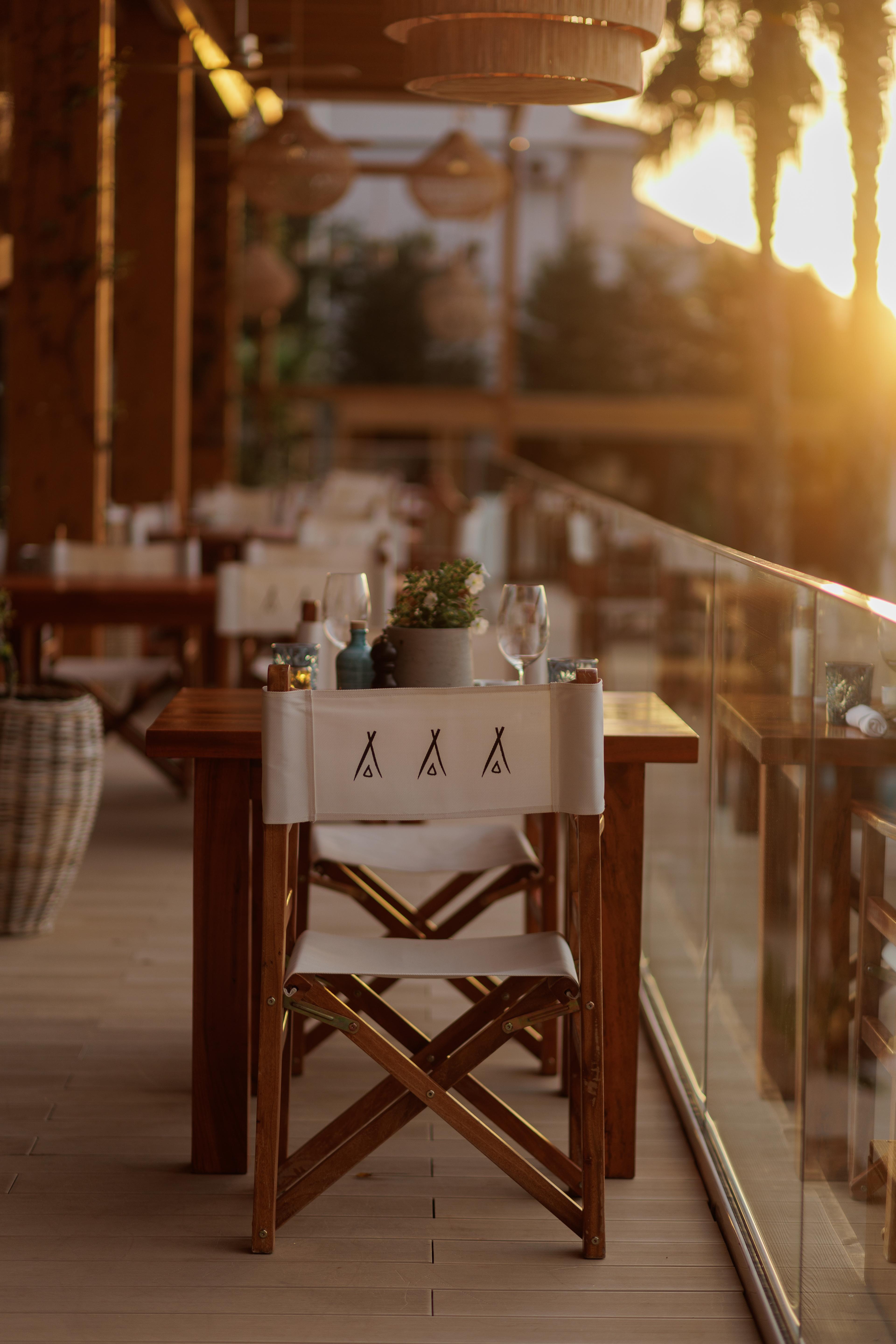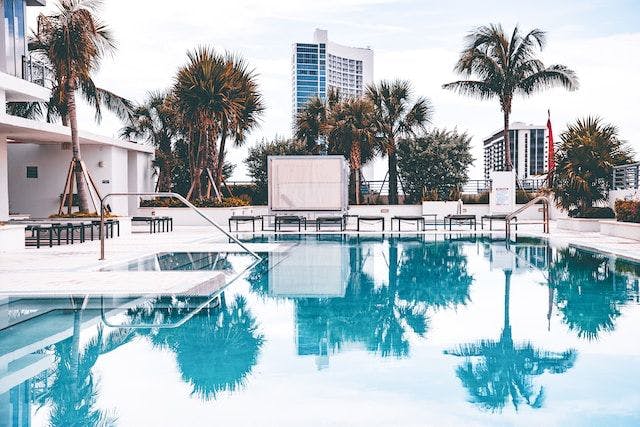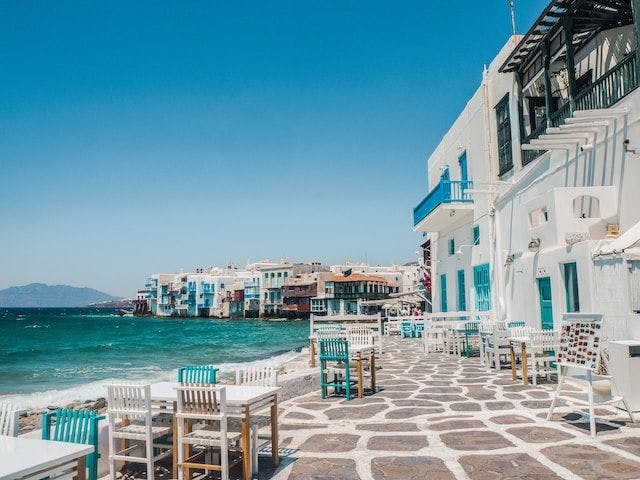Are you planning to embark on your first safari adventure? A safari can be a life-changing experience, especially for wildlife lovers. Your first safari is something you will treasure for the rest of your life, so you must plan your trip well and ensure you do things right. But with so many incredible destinations offering fascinating wildlife encounters, it can be tricky to decide where to go. If you need inspiration, here are some ideas on where to go for a unique safari getaway.
1. The Tigers at Bandhavgarh National Park, India
If seeing a tiger is what you want to experience on your safari adventure, visit India’s Bandhavgarh National Park, a biodiverse park famous for its large concentration of Bengal tigers. About 70 of these tigers live here, so you will have a higher chance of spotting one on your safari at the park.
Bandhavgarh National Park is located in the state of Madhya Pradesh in central India and is one of the smallest national parks in the country. Most of its tigers live in the relatively compact territory of the park, forming the core of the entire tiger reserve. The high sighting rates of tigers at this small park have made it a favourite of those who want to see these giant cats. The other animals you could spot at the park on your safari are leopards, white tigers, and deer.
The diverse landscapes of the Bandhavgarh National Park add to its charm. As you go around the park, you will come across dense forests, lush grasslands, and long stretches of bamboo. The 2,000-year-old Bandhavgarh Fort is also the highlight of your visit. It’s where the name of the park is from.
2. Gorilla Trekking in Rwanda
If you’re fascinated by gorillas, consider a gorilla trekking adventure in Rwanda. The East African country’s unique environment and welcoming people will make the experience even more enjoyable. Rwanda has impressive biodiversity and lush jungles that offer a habitat for gorillas.
The mountain gorillas of Africa can survive only in the wild, which explains why you can’t see them in a zoo. Thus, a gorilla trekking trip in Rwanda is the only way to see them in their natural habitat. Due to deforestation and hunting, these creatures have become critically endangered, and their population has dwindled to less than a thousand. When you book a gorilla trekking tour, some proceeds will go towards rehabilitating these mountain gorillas.
Trekking the mountainous rainforest of Rwanda to search for gorillas could mean several hours of hiking on steep and narrow footpaths and climbing through dense jungles while following an expert guide. You must be physically fit to take the trek, and the guides will ensure you have adequate breaks and remain safe during the journey. Be aware that gorillas are susceptible to human illnesses. Thus, you will not be allowed to get too close to them. Also, you cannot join the trek if you have a cold or other contagious illnesses.
3. The Penguins in Antarctica
For a unique safari experience, visit Antarctica to see the cute and quirky penguins. Penguin spotting is one of the highlights of an Antarctic cruise. Antarctica is home to several penguin species, with half their world population dwelling along the coast of the remote continent and the sub-Antarctic islands.
Stretching to over a thousand kilometres towards the tip of South America, the Antarctic Peninsula is known for its abundance of penguins, seabirds, and seals. It’s one of the most accessible areas in the region and a popular spot for penguin spotting. And since it’s the warmest area in the continent, many research stations have set up a base here.
The Penguin Island is a haven for wildlife enthusiasts, home to innumerable penguins dwelling along its shoreline. It’s the nesting and breeding place for Adelie penguins and a fascinating place to visit on your expedition trip. The island limits visitors to only a hundred to protect the animals. There are guided excursions to the island, including a visit to the 170-metre Deacon Peak, an inactive volcano.
4. The Big 5 at Pilanesberg National Park, South Africa
The Pilanesberg National Park occupies about 55,000 hectares of land and is among the largest national parks in Southern Africa. It lies on a volcanic crater’s eroded vestiges, which makes it an even more fascinating place to go on a safari adventure. If you aim to see the Big Five, namely the lions, rhinos, leopards, buffalos, and elephants, you should visit the Pilanesberg National Park for an incredible safari adventure.
The Pilanesberg National Park is famous for its sightings of the Big Five and abundant wildlife, including hundreds of bird species. You can expect close-up encounters on bush walks or game drives with an expert guide to guide you. Safari guides use a tracking system to monitor the animals in the park, enhancing the chances of spotting the wild animals.
Another reason to visit the Pilanesberg National Park for your safari is it offers various accommodation options to cater to every taste and preference. Whether you prefer to “rough it out” by sleeping in a safari tent out in the bush or experience luxury in an upscale lodge, Pilanesberg has an accommodation that’s perfect for you.
5. The Orangutans at Tanjung Puting National Park, Indonesia
If you are captivated by the orangutans, visit Indonesia for a safari at Tanjung Puting National Park. Tanjung Puting National Park is the most diverse protected example of an extensive coastal tropical forest covering much of southern Borneo. The area was declared a Biosphere by UNESCO for recognising the importance of the biodiversity of flora and fauna.
Tanjung Puting National Park is also renowned for having a vast population of orangutans, and you can almost guarantee you will see them roaming around the park. Aside from orangutans, you can spot several other native wildlife during your safari adventure, including civets, proboscis monkeys, sun bears, and gibbons.
You will also have the chance to visit an orangutan research and rehabilitation centre on your safari at Tanjung Puting National Park. The wildlife centre offers an unforgettable, up-close, and immersive wildlife experience.


